SPORTS
Discover the excitement of the European Youth Olympic Festival (EYOF) Skopje 2025! The event brings together Europe’s top young athletes, each pushing their limits in a wide range of summer sports that require skill, endurance, and determination.
Only athletes officially entered by their National Olympic Committees (NOCs), within the designated deadlines and in accordance with age categories and official quotas, will be eligible to compete. Qualification criteria are set by the respective NOCs and National Federations, except for team sports, where the European Olympic Committees (EOC) establishes the qualification systems. Get ready for an unforgettable display of talent and sportsmanship in Skopje!

Athletics
The queen of sports, is a group of sports disciplines consisting essentially of four groups of athletic disciplines: running, throwing, jumping, and race walking. Organized athletics are traced back to the Ancient Olympic Games from 776 BC.
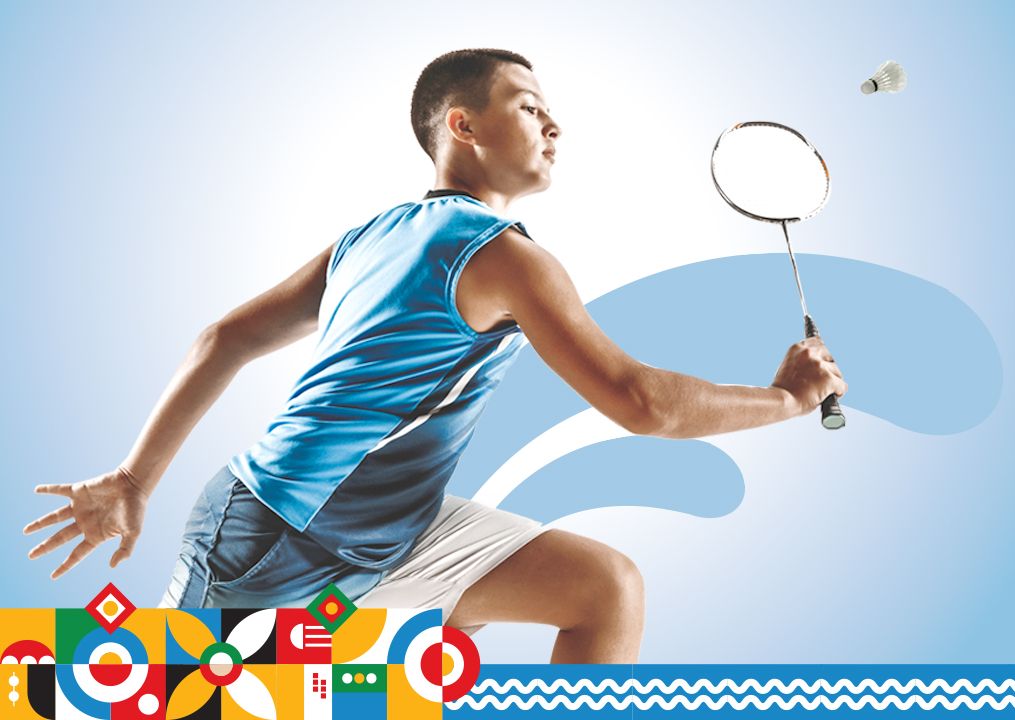
Badminton
Unlike other net sports, badminton uses a shuttlecock instead of a ball. A shuttlecock is an open conical object formed by goose feathers embedded in a rounded cork base. In 1992, badminton debuted as a Summer Olympic sport with four events: men’s singles, women’s singles, men’s doubles, and women’s doubles; mixed doubles was added four years later.

3×3 Basketball
This form of basketball debuted at the 2010 Summer Youth Olympic Games in Singapore and made its Olympic debut at the 2020 Summer Olympics in Tokyo. 3×3 Basketball made its debut at the European Youth Olympic Festival in Maribor 2023. If we compare 3×3 Basketball to other urban sports, it is currently the most widespread organized sport.
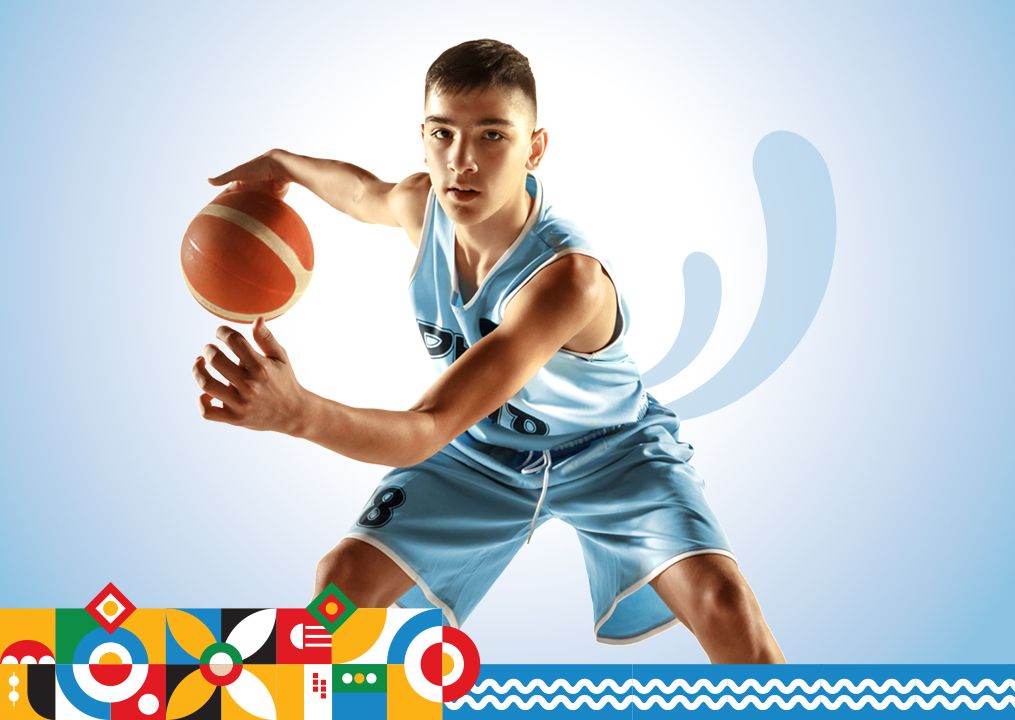
Basketball
Basketball was invented in December 1891 by Canadian James W. Naismith. An instructor at the YMCA Training School in Massachusetts, he sought a suitable indoor game to keep his students fit and warm during the cold New England winters. The FIBA Basketball World Cup and Men’s Olympic Basketball Tournament are the major international events of the sport and attract top national teams from around the world.
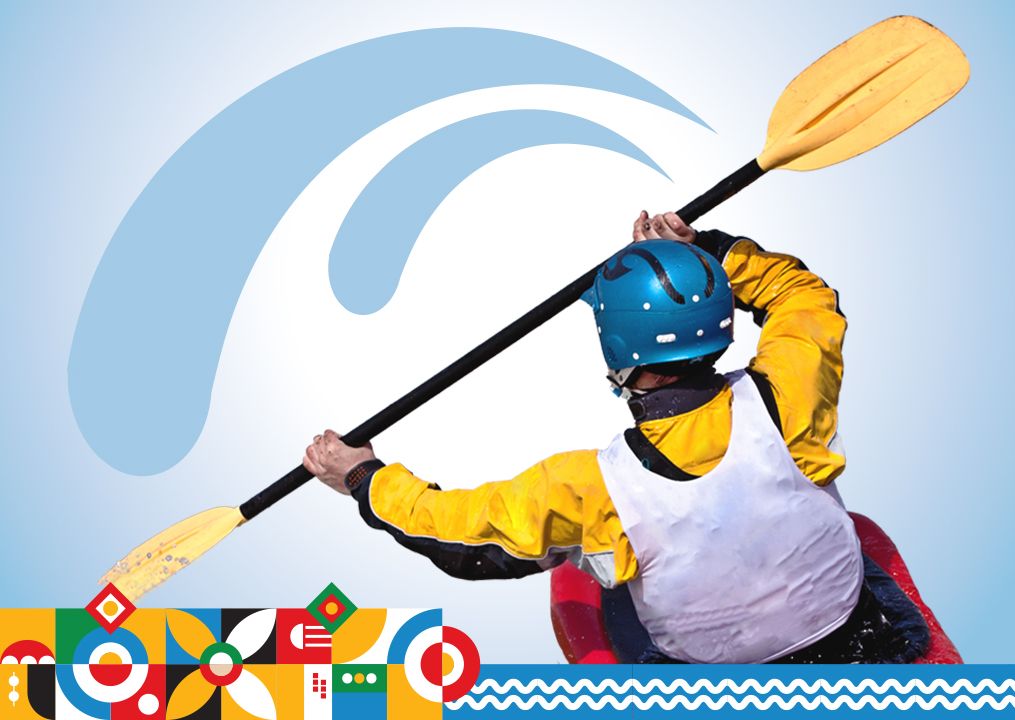
Canoe Slalom
It is one of two kayak and canoeing disciplines at the Summer Olympics, and is referred to by the International Olympic Committee (IOC) as Canoe/Kayak Slalom. Canoe slalom racing started in Switzerland in 1933, initially on a flatwater course. In 1946, the International Canoe Federation (ICF), which governs the sport, was formed. It has been part of the Olympic Games on a regular basis since 1992.
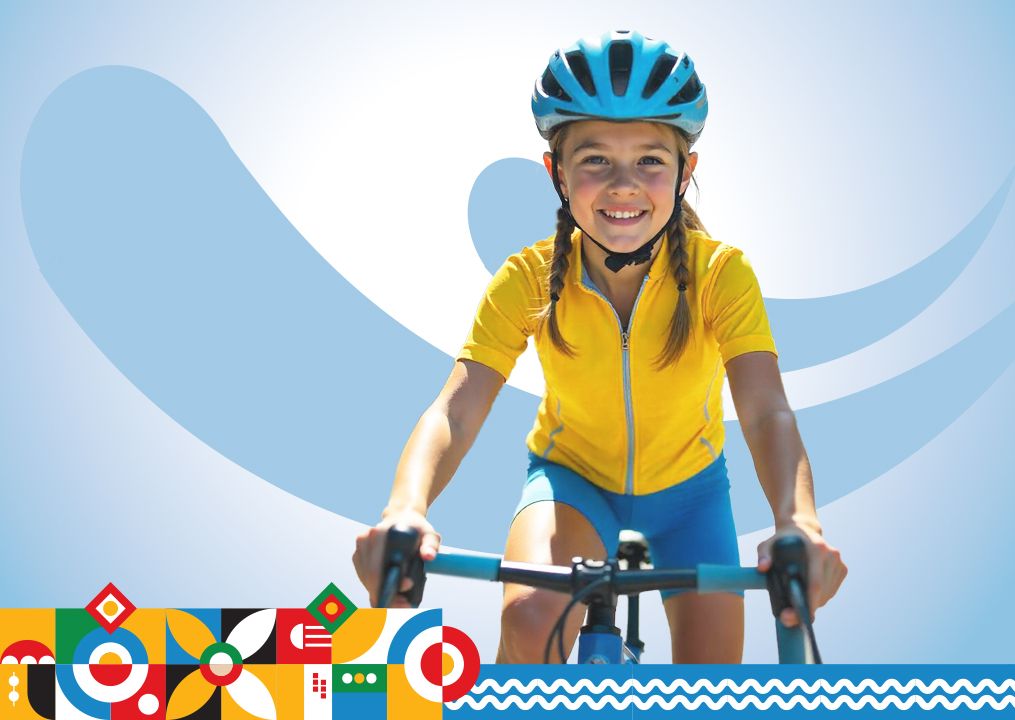
Road Cycling
Road cycling is the most widespread form of cycling in which cyclists ride on paved roadways. The first ever recognized race in road cycling took place at Saint-Cloud Park in France on 31 May, 1868. Since 1912, this discipline has been a continually present at Olympic Games. At the 1984 Olympic Games, women also competed in this sport for the first time.
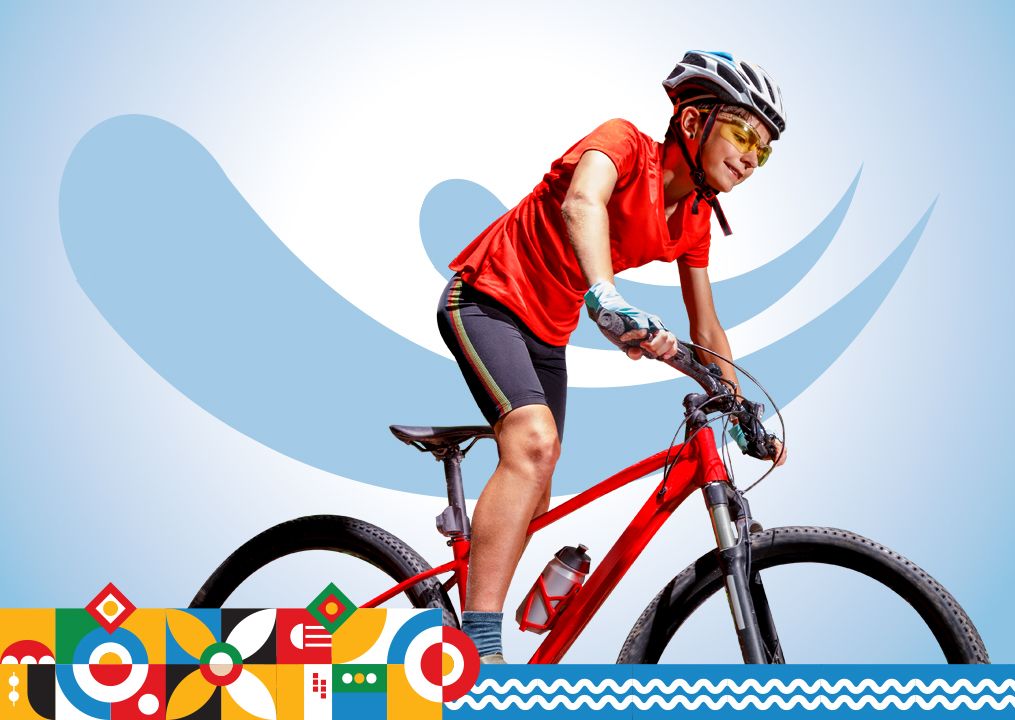
Mountain Biking
Mountain biking is a sport of riding bicycles off-road. The most notable categories are downhill and cross-country. Mountain biking first appeared in California, USA, in the 1970s. The first national championship in mountain biking was organized in the United States in 1983. Mountain biking made it became an Olympic discipline at the 1996 Olympic Games in Atlanta, with individual cross-country events for both men and women. Mountain biking made its debut at the European Youth Olympic Festival in Maribor in 2023.
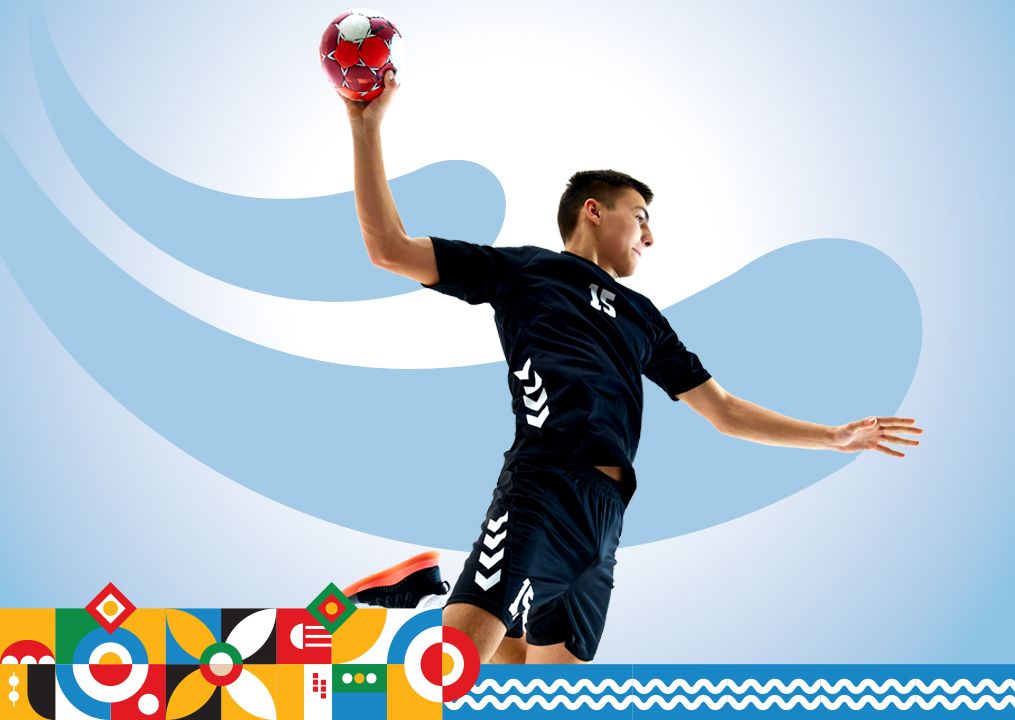
Handball
The modern set of rules was published in 1917 by Karl Schelenz, Max Heiser, and Erich Konigh, on 29 October in Berlin, which is seen as the date of birth of the sport. The rules have had several revisions since. The first official handball match was played in 1917 in Germany. Men’s handball was first played at the Olympic Games in the 1936 Summer Olympics in Berlin outdoors, while the first time being played indoors happened in Munich at the 1972 Summer Olympics.
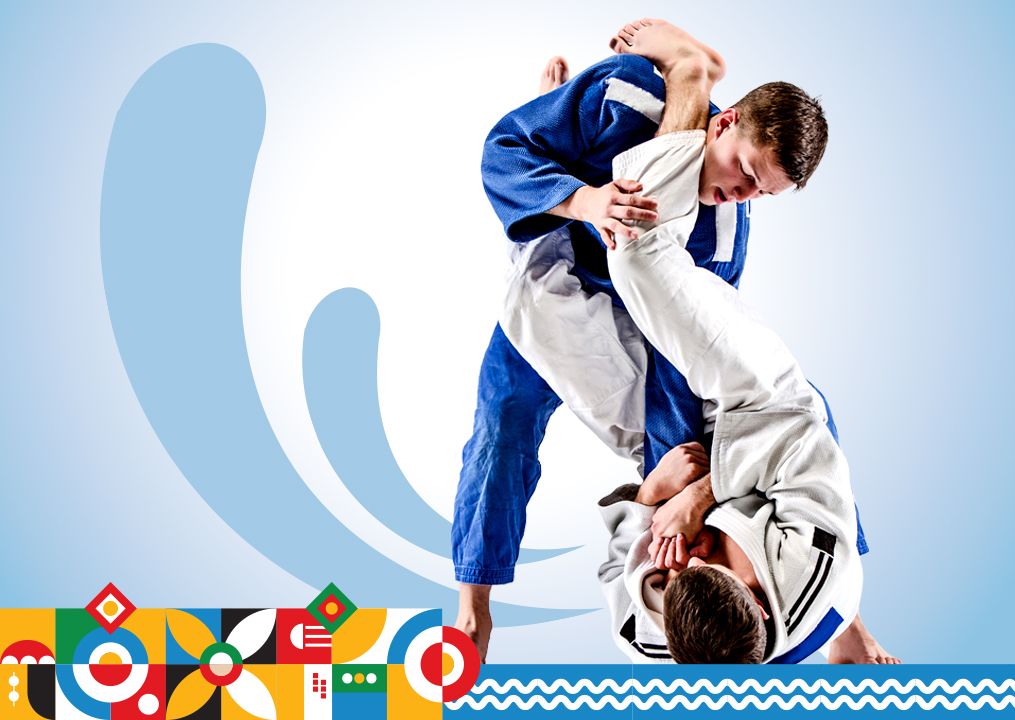
Judo
It was officially founded in 1882. Judo is the one of the most well-known unarmed modern Japanese martial arts and combat sports, which since 1964 is part of the Olympic schedule. Judo became a regular Olympic discipline in 1972.
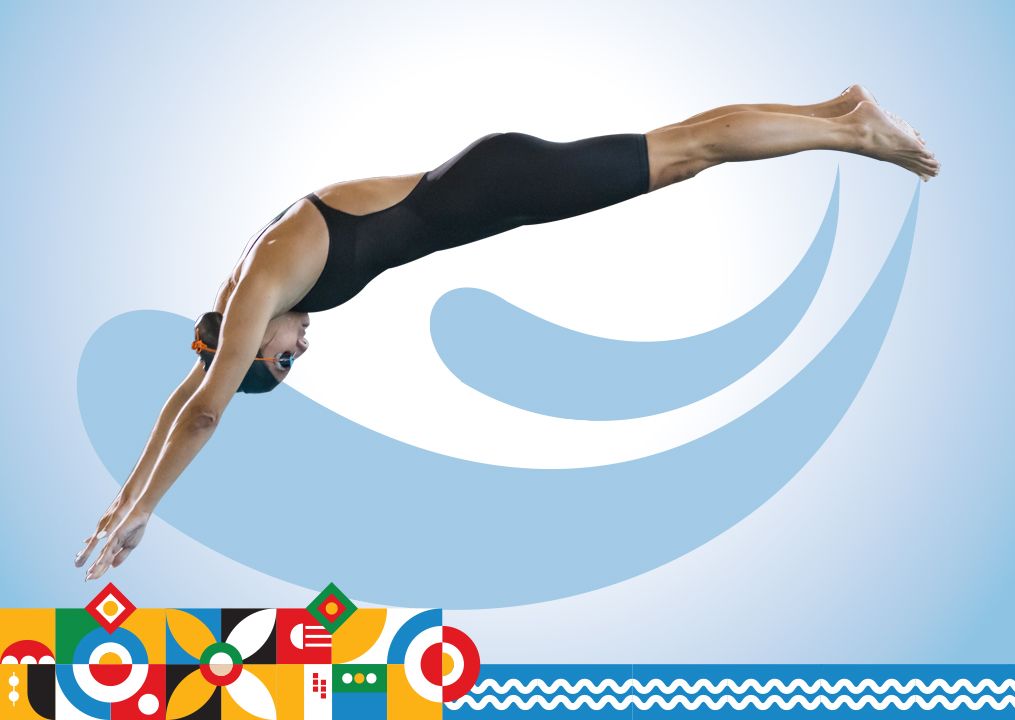
Swimming
It is one of the most popular Olympic sports, taking place in swimming pools or open waters. It can be both individual or a team sport. Competitive swimming became important with its inclusion in the Olympic Games from their inception in 1896. Swimming is consistently among the top public recreational activities, and in some countries, swimming lessons are a compulsory part of the educational curriculum.

Shooting
Shooting has inspired competition, and in several countries rifle clubs started to form in the 19th century. Soon after that, international shooting events evolved, including shooting at the Summer and Winter Olympics (from 1896) and World Championships (from 1897).
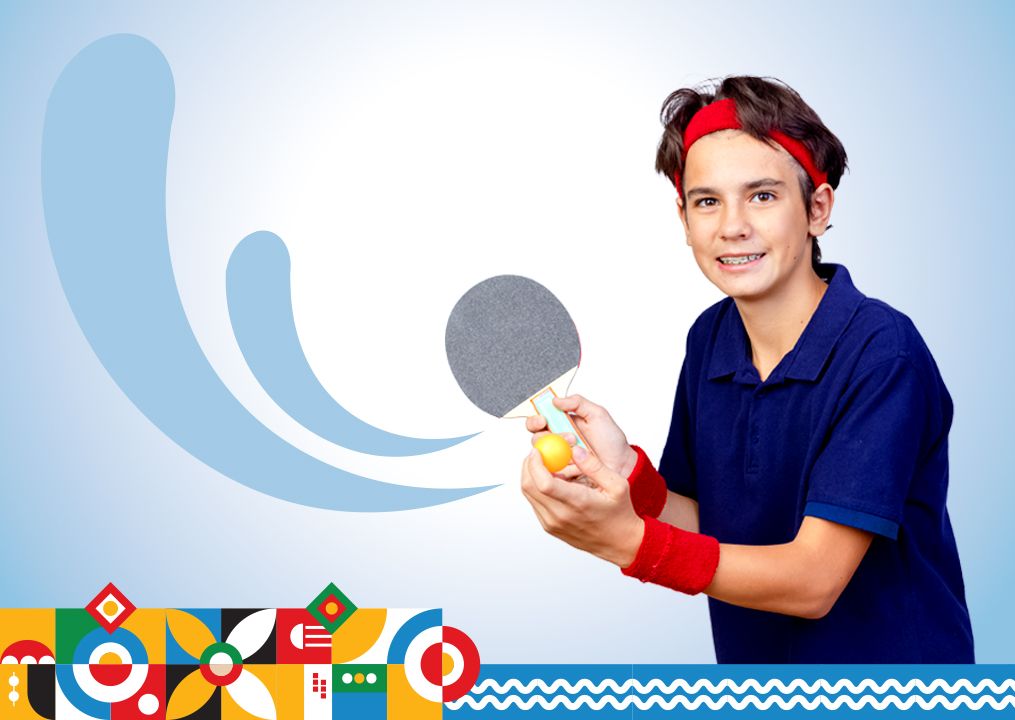
Table Tennis
Table tennis (also known as ping-pong) was founded in 1926. Table tennis has been an Olympic sport since 1988, with event categories in both men’s and women’s singles, and men’s and women’s teams since replacing doubles in 2008. Due to its small minimum playing area, its ability to be played indoors in all climates, and relative accessibility of equipment, table tennis is enjoyed worldwide not just as a competitive sport, but as a common recreational pastime among players of all levels and ages.
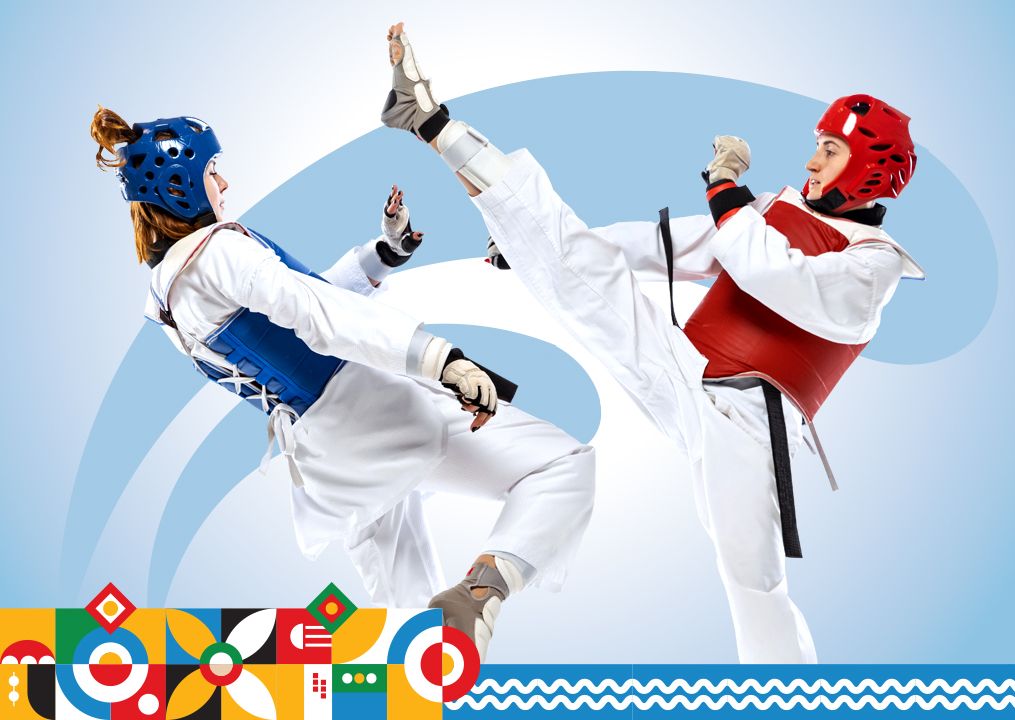
Taekwondo
Taekwondo which originated in Korea, is a martial art and combat sport involving punching and kicking techniques. The oldest governing body for Taekwondo is the Korea Taekwondo Association (KTA), formed in 1959 through a collaborative effort by representatives from the nine original kwans, or martial arts schools, in Korea.
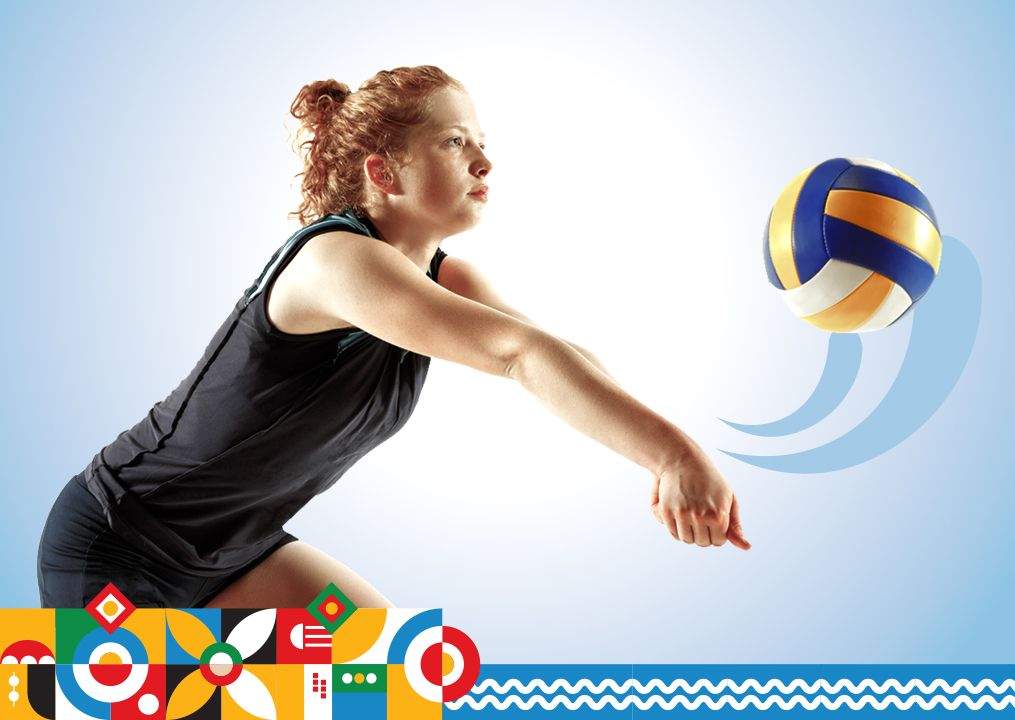
Volleyball
The inventor of volleyball is officially considered to be William G. Morgan, a professor of physical education at YMCA Holyoke High School in the United States. The International Olympic Committee first recognized volleyball as a non-Olympic sport in 1949 while making its Olympic debut in Tokyo in 1964. In 1949 was the first time the men’s World Cup was held, happening in Czechoslovakia, being won by the Soviet Union. The women’s World Cup was first held in 1952 in the former Soviet Union.
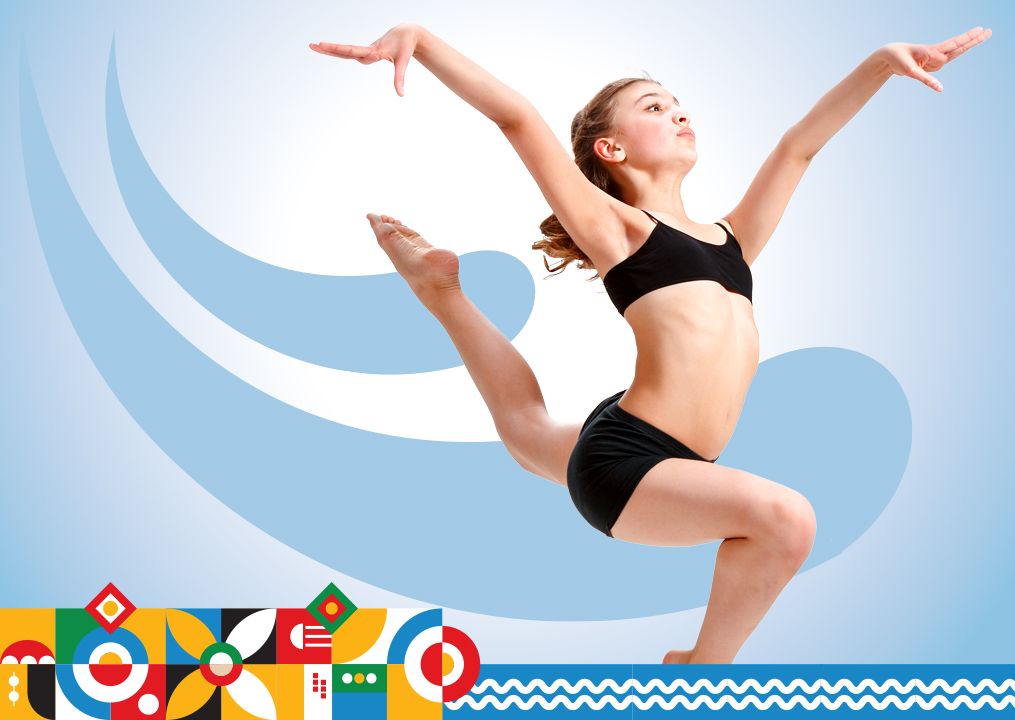
Artistic Gymnastics
Gymnastics evolved in Bohemia and what later became Germany at the beginning of the 19th century. The term “artistic gymnastics” was introduced to distinguish freestyle performances from those used by the military. Artistic gymnastics include all the movement elements of the sport using their own bodies as an apparatus. In the Men’s Artistic Gymnastics (MAG) competitions, athletes execute exercises on six apparatus, while in Women’s Artistic Gymnastics (WAG) competitors execute exercises on four apparatus.